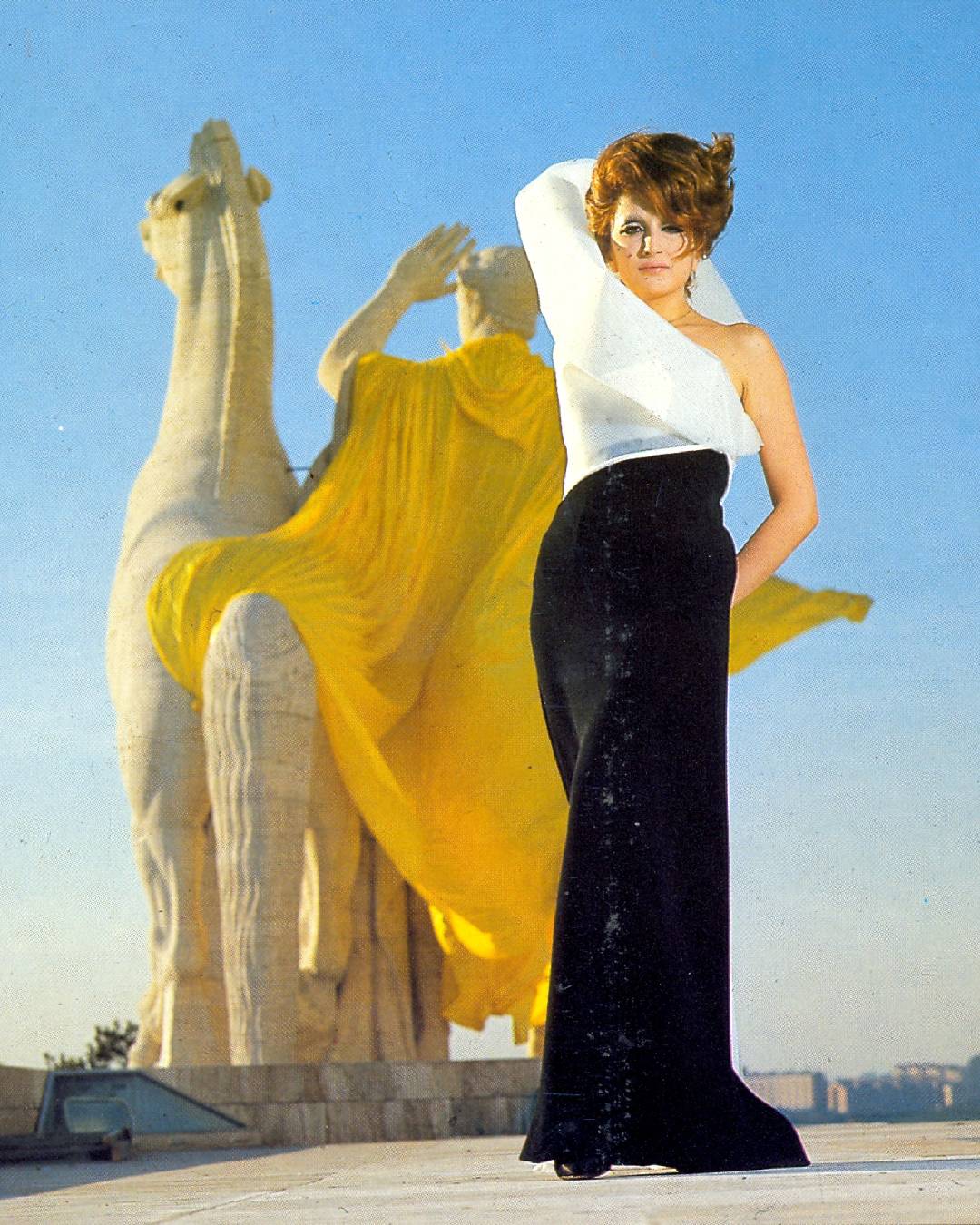
It took twenty years to get "Mare fuori" A mass phenomenon initially underestimated
Recently on RaiPlay, the first six episodes of the fourth season of Mare fuori have arrived. The series, especially over the past year, has gained great popularity: it has been distributed in over 20 countries, and a spin-off film has been announced to be released in cinemas by the end of 2024. The success of Mare fuori is so significant and unexpected also because it is one of the few Italian productions to intercept and be appreciated by a diverse audience, composed of at least two types of viewers: those belonging to Gen Z and those who are instead in the older age groups. These two categories, notoriously very different in age and consumption habits, hardly share the same tastes in TV series. Initially, however, almost no one believed that Mare fuori could become the mass phenomenon it is today. The first two seasons aired directly on Rai 2, but since this method was not very suitable for engaging younger audiences (who usually prefer streaming), they received a response that was not entirely exceptional by television standards. The popularity of Mare fuori grew from when, in the middle of 2022, Netflix added the series to its catalog. Many viewers, especially those belonging to Generation Z, began to know it only from that moment, and in a few weeks, Mare fuori reached the top spot in the ranking of the 10 most-watched series on the platform. TikTok, then, did the rest, and Mare fuori became a very popular topic of discussion on social networks. But it was perhaps during the last edition of the Sanremo Festival that the series was consecrated as one of Rai's flagship products: the cast was in fact invited to the Ariston stage to present the third season, and in those same days Chiara Ferragni declared that she couldn't stop watching it. Considering the success it had achieved on Netflix, Rai then decided to initially broadcast the third season only via streaming - a method never before experimented by the company. It turned out to be a successful choice: in the first two weeks of RaiPlay airing, more than 100 million views were recorded, the highest number since the platform's inception.
How did we get to Mare fuori
Mare fuori, before becoming the series we know today, took twenty years to be produced. Cristiana Farina, its creator, had in mind to create something similar already in the early 2000s, especially since the director of the juvenile prison on the island of Nisida, in the province of Naples, invited the television producer to watch a theater performance by the inmates. On that occasion, Farina met some of the people living in the facility, from whom she later took inspiration to create certain characters of Mare Fuori, such as Naditza or Viola. Farina's experience within the juvenile prison culminated in the writing of a subject for a series, entitled Nisida, whose rights were acquired by Rai. Farina also wrote the screenplay for the first episode, but then the project was interrupted. It was only resumed in 2018, and was titled Mare fuori - referring to the view from the prison on the island of Nisida. The characters were updated, but the underlying idea remained the same as Farina had conceived about twenty years earlier. The stories told in the series were then further expanded from the original concept. An important part of the first three seasons of Mare fuori, for example, revolves around the friendship between two characters who were not foreseen in the original concept. One is Filippo Ferrari, who unlike most other inmates comes from a good family and is from Milan, while the other is Carmine Di Salvo, the son of a Camorra boss who tries to distance himself from the underworld. Their presence allowed the narrative to be expanded and to represent additional phenomena that benefited the series, such as the comparison between North and South, or between those who grew up in affluent contexts and those who come from the "streets".















































